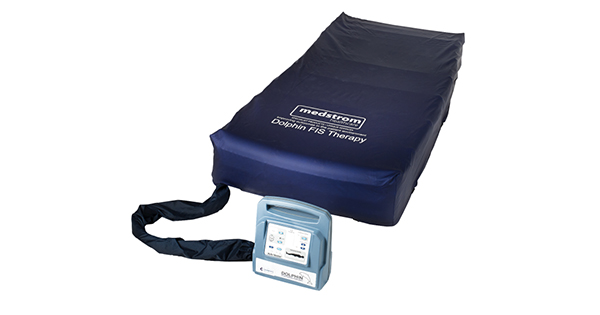Venous leg ulceration is a common, chronic, and recurrent condition that imposes significant demands on healthcare resources. Venous leg ulcers (VLUs) account for 80-85% of all leg ulcers, and are particularly common among individuals with risk factors such as obesity or immobility, a personal or family history of varicose veins, and a personal history of deep vein thrombosis or leg trauma (Simon et al, 2004). It is estimated that there are up to 190,000 people with VLUs in the UK, incurring an estimated annual cost to the NHS of approximately £168£198 million (Posnett and Franks, 2008). Community nursing services account for a great proportion of the healthcare costs associated with VLUs (Simon et al, 2004; Posnett and Franks, 2008.






